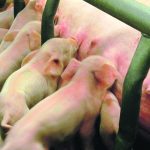Conventional farm health wisdom focuses on vaccines, antibiotics and other medical interventions. In addition to these hallmarks of pig health management, some farms have gone back to basics in designing pig flow through their operations to improve animal health. Pig flow also affects sustainability of the farm’s human resources, marketing of hogs and profitability. In […] Read more
Tag Archives Animal Health column

Veterinarians kept horses healthy during First World War
Several years ago, when helping my uncle Walter sort through some DVDs, we came across a copy of A Bear Named Winnie, a CBC Television movie. He gave me the DVD and I watched it with awe. This CBC production tells the true story of Canadian veterinarian Dr. Harry Colebourn. While I’d seen the images […] Read more
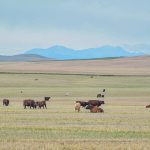
Ureaplasma may be more than just a fertility problem
The bacteria Ureaplasma diversum, a common inhabitant of the genital tract of cattle, was first isolated in 1969 and originally wasn’t considered to be a disease threat. However, subsequent research, mostly in Canadian veterinary colleges in the 1970s and 1980s, suggested that Ureaplasma could be associated with failure of pregnancy at various times of gestation […] Read more
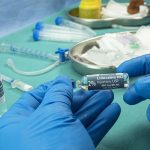
More must be done to ensure supply of local anesthetic
We are all experienced with the use of a local anesthetic when a cavity is filled at the dentist. Sensation goes away for the couple hours that we are numb, but the great thing is the pain is totally removed and there is no need for a general anesthetic. As well, many high-end surgeries such […] Read more
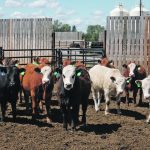
Procedures in place for animal research
An enormous range of animal species are used in research for a variety of reasons. There is the familiar use of animals as models for human diseases, which is where the white laboratory mice and rats come in. Scientists may also study animals for their own benefit. It is worth considering the reasons we use […] Read more

Sask. vet writes book that is educational and humorous
This column has lots to do with what I have written about in the past and yet, along with the education, will show you some of the humorous sides of a rural mixed animal practice in Weyburn, Sask. I am referring to a paperback book entitled, Don’t They Kick When You Do That? In the […] Read more
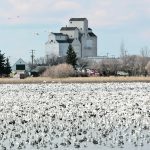
Avian influenza infection spreads to wild mammals
The global outbreak of H5N1, a highly pathogenic avian influenza virus, continues. With the arrival of autumn, migrating wild birds may continue to spread, contract and die of this infection. Avian influenza has historically been considered a pathogen of birds. Wild waterfowl such as ducks carry it without significant clinical disease. They are also thought […] Read more
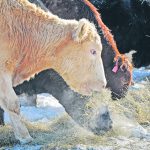
Conference provides insights into FMD preparedness, control
I recently attended the Vaccine and Infectious Disease Organization’s Animal Health Summit. The conference provided veterinarians, producers and other industry stakeholders an update on the current status of foot and mouth disease (FMD) worldwide. VIDO was founded more than 45 years ago at the University of Saskatchewan and is a leader in infectious disease research […] Read more
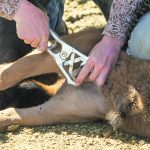
Calf castration requires humane approach, code compliance
The younger, the better when it comes to cattle castration, and proficient techniques will reduce stress and losses in the herd. Band application at birth or at a young age, or knife castration at or before turnout, are the two most desirable ways. The beef code of practice requires pain control for any animal older […] Read more

Vital maternal bonding process starts during pregnancy
From what we can tell, dinosaurs didn’t do much of it. Neither do many modern-day reptile, amphibian and bird species. But mammals certainly invest significant time and food resources into rearing young. And the foundation for this critical behaviour is the maternal bond. For wild mammals, the strong bond between dam and offspring is essential […] Read more

